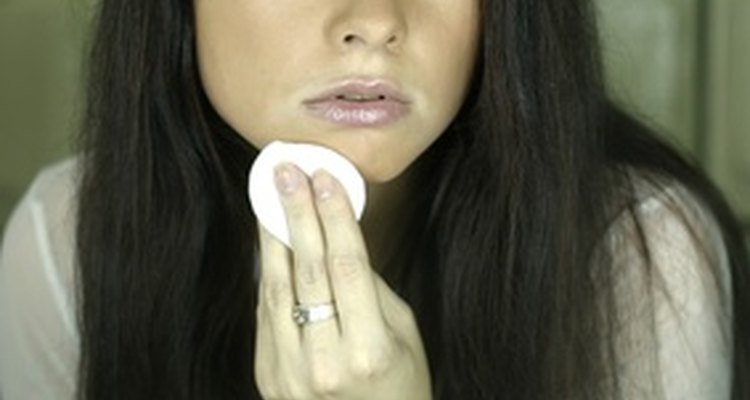
Whether you've got severe acne or just the occasional pimple, you probably wish those oily bumps would disappear for good. However, there's a chance that you're actually contributing to your own acne, simply by applying the wrong thing to your skin. When using makeup, and moisturizers, always choose one labeled "non-comedogenic" or "non-acnegenic," meaning that it won't cause acne. There are other product ingredients to beware of.
Lanolin
Lanolin is an oil extracted from lamb's wool. According to Dermalogica's list of acnegenic ingredients, lanolin is an emollient that softens and moisturizes your skin. However, it can also have skin-clogging capabilities. Bionic Beauty, a blogger specializing in beauty knowledge, writes that cosmetics often contain synthetic lanolin derivatives such as acetylated lanolin; these can cause breakouts in people with sensitive skin or those who are prone to acne. "If you're looking for a safe lanolin option," Bionic Beauty writes, "find a source of 100% pure lanolin oil."
Stearic Acid Derivatives
Isopropyl myristate, according to Bionic Beauty, is a "penetrating serious offender" that is often found in cosmetics. It makes your makeup go on more smoothly, and may be found in "sheer" cosmetics and lotions. The University of Kansas Medical Center classifies isopropyl myristate as a stearic acid derivative, and lists it alongside isocetyl stearate, isopropyl isostearate, isopropyl palmitate, isopropyl myristate, and butyl stearate. Avoid these ingredients if you think your cosmetics are causing breakouts.
D&C Red Dyes and Pigments
Surprisingly, some FDA approved dyes are known to be acne causing. These include D&C Red #9 and D&C Red #40, which are derived from coal tar. Bionic Beauty writes that these two dyes were specifically tested and found to be high on the list of acne-causing pigments. However, other red dyes may also be dangerous. Avoid D&C red dyes if you are at risk for breakouts.
Sulfates
That foaming cleanser that makes your skin feel clean might actually be making it worse. Sulfates, according to Bionic Beauty, are detergents that make foamy suds. However, they leave a film on your skin that penetrates into the pore and causes clogs, leading to whiteheads and blackheads. Sodium lauryl sulfate is a very common ingredient, but Bionic Beauty and the University of Kansas recommend that you avoid it if possible.
Alcohol
There are several types of alcohol. Cetyl alcohol, according to Bionic Beauty, can create a "sludge" on the pores, eventually leading to breakouts. AcneNet writes that some people apply rubbing alcohol, or ethyl alcohol, to dry out oily skin. However. AcneNet and Bionic Beauty agree that alcohols can be over-drying, irritating your skin and increasing the risk of breakouts.
Fragrance
Dermologica writes that artificial fragrances can increase acne infections and skin sensitivity. According to the University of Kansas, all cosmetics and skincare products have some fragrance added to mask chemical odors. Although this may not bother you, beauty bloggers at The Beauty Brains have compiled a list of 24 common fragrance ingredients that can cause reactions. If you feel your cosmetics are causing a skin reaction, try switching to fragrance-free products.
Occlusives
Occlusive moisturizers can block your pores. According to the University of Kansas, these include petrolatum, sesame oil and cocoa butter. Dermalogica adds mineral oil to the list, stating that it can cause acne; however, according to Bionic Beauty, mineral oil is not acnegenic.
Related Articles
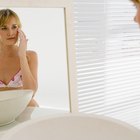
How to Moisturize Without Causing ...
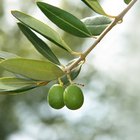
Olive Oil Soap for Acne
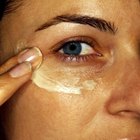
The Best Facial Moisturizer That Won't ...

Neutrogena Ingredients

List of Soaps for Acne
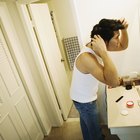
Are Products With Sodium Laureth ...
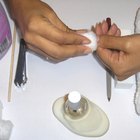
Ingredients of Fingernail Polish Remover
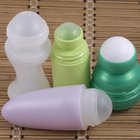
The Disadvantages of Deodorants

What Are the Dangers of Anti-Aging ...

All Natural Makeup for Teens

Is Allantoin a Relative of the Lanolin ...
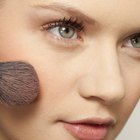
Merle Norman Ingredients
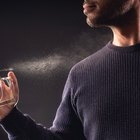
How to Know Which Perfumes Contain ...
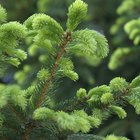
Pine Tar Soap for Psoriasis
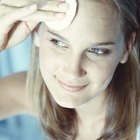
How to Prevent Pock Holes From ...

Baby Shampoo & Acne

Can You Use Henna Ink As Eyeliner?

Benzoyl Peroxide-Free Acne Products

Are There Any Harmful Ingredients in ...
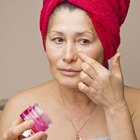
Ingredients in StriVectin SD
References
Writer Bio
An award-winning blogger, Jessica Blue has been promoting sustainability, natural health and a do-it-yourself attitude since graduating University of California, Berkeley in 2000. Her work, seen in a wide variety of publications, advocates an environmentally-responsible and healthy lifestyle.
Photo Credits
make up image by forca from Fotolia.com